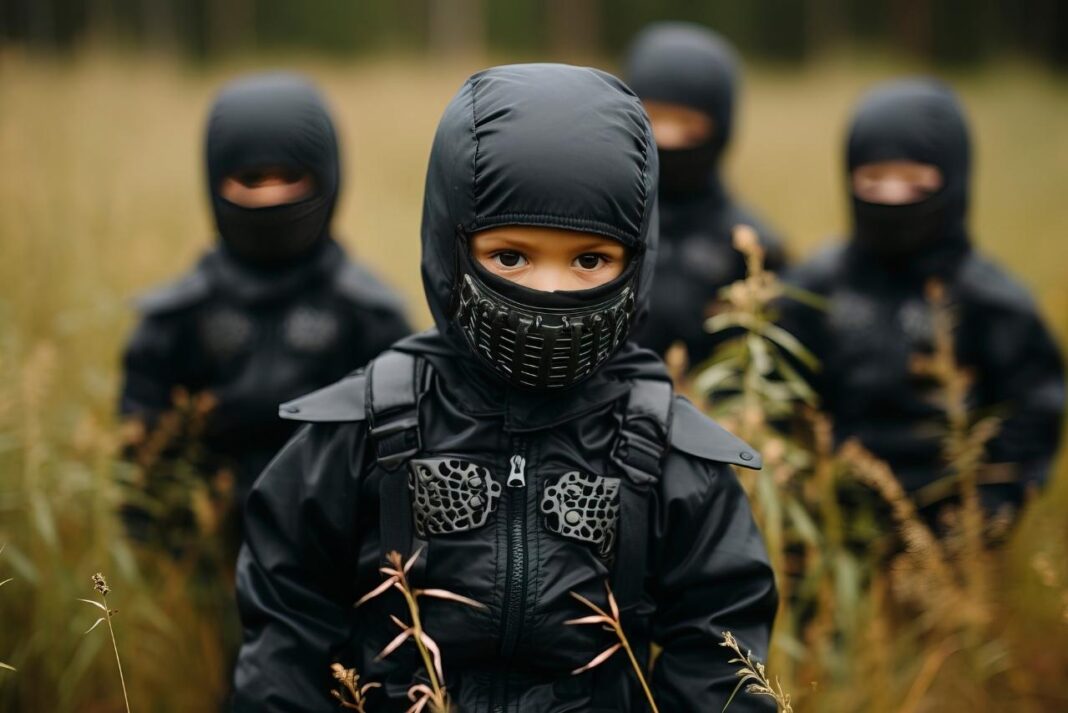Terrorist organizations are harmful groups that systematically use fear, threats, violence, harm, and illegal actions to achieve specific objectives under the pretense of their political, ideological, religious, cultural, environmental, or social principles. Their actions, either directly or indirectly, target civilians, public order, state authority, and national and international security. These groups frequently aim to manipulate public opinion, influence governments and populations, and forcibly impose societal changes.
In some cases, their activities align with the interests of certain states, political structures, or corporations. As a result, while supported by some, they are recognized as terrorist organizations by others. Broadly viewed, these groups lack morality, ethics, lawful conduct, and human values. They radicalize ideological principles, distort them for political gain, and often serve as instruments of larger power structures.
A striking and devastating tactic is their use of minors under the age of 18-both as victims and combatants, in conflict zones and urban operations.
Methods Used by Terrorist Organizations to Recruit Children
1. Forced Abduction and Deception
Terrorist organizations forcibly recruit children by targeting vulnerable populations and exploiting specific conditions, including:
-
Orphaned and homeless children, especially those left destitute by natural disasters or war
-
Children in war zones, where oversight is minimal
-
Children with intellectual disabilities, who are more vulnerable to manipulation
-
Children in chaotic environments, such as areas with social unrest or disorder
-
Children from disadvantaged or prominent families, used either for lack of protection or to gain publicity
They employ violence, threats, blackmail, and bait such as candy, money, drugs, or false promises (e.g., trips to a park) to lure and integrate these children.
2. Persuasion and Indoctrination Techniques
These tactics aim to ensure children become loyal members. They include:
-
Offering rewards: money, status, marriage, access to substances, or other incentives
-
Exploiting personal relationships: using the child’s desire to reunite with loved ones
-
Targeting ideologically supportive families
-
Appealing to collective ideals like independence or civil rights
-
Infiltrating schools and religious institutions for ideological indoctrination
-
Emotional manipulation: provoking anger, fear, revenge, and loyalty
-
Presenting role models as charismatic leaders
-
Exploiting adolescent emotional struggles (e.g., family conflict)
-
Positioning the organization as a form of escape
-
Using propaganda and glorification to make actions seem noble
-
Targeting uneducated or socioeconomically disadvantaged children around the globe
Psychological Motives Behind Child Recruitment in Terrorism
Many recruits join to meet personal and social needs, not ideological goals. According to Max Abrahms, members are drawn to social bonds and support systems offered by terrorist groups.
Uncertainty-Identity Theory by Hogg and Adelman (2013) suggests individuals facing identity crises seek clarity in extremist groups, which provide rigid rules and belonging—especially appealing to those in chronic uncertainty.
Exploitation and Abuse Faced by Recruited Children
Regardless of recruitment method, children face:
-
Involvement in illegal acts and provocations
-
Intense physical training and indoctrination
-
Forced participation in armed conflict
-
Use in suicide attacks or dangerous missions
-
Exposure to direct violence, including killing or being killed
-
Child labor exploitation in various sectors
-
Use as hostages
-
Sexual abuse, forced marriage, and reproductive control
-
Drug trafficking or production
-
Organ trafficking and mutilation
-
Medical experiments for guerrilla enhancements
-
Torture and execution under false accusations
-
Denial of education and basic rights
-
Degrading living conditions
Sources and Research References
-
Abrahms, M. (2008). What terrorists really want. International Security, 32(4), 78-105.
-
Hogg, M. A., & Adelman, J. R. (2013). Uncertainty-Identity Theory. Journal of Social Issues, 69(3), 436-454.
-
UNICEF. (2020). Children in armed conflict.
-
International Labour Organization. (2017). Child labor in armed conflicts.
-
Republic of Turkey Ministry of Interior. How does PKK deceive children?
-
Republic of Turkey Traffic Education and Research Center.
-
Republic of Turkey Police Academy Presidency. Children deceived by PKK in police reports.
-
INSAMER Reports. Child abuse by PKK.
-
Erciyes, A. (2021). Evaluation on PKK’s abduction of children.
-
D+C Development and Cooperation. Book on terrorist recruitment of children.
-
Chaurahha (2013). Child soldiers: Lost childhood.
-
Foreign Affairs. The rise of the child terrorist.


